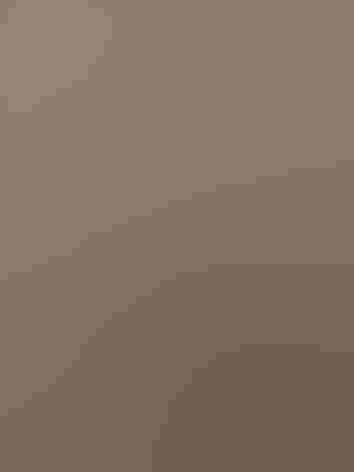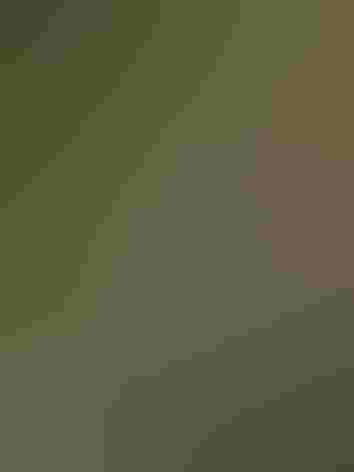Northern Flicker
At a Glance
This brown woodpecker flashes bright colors under the wings and tail when it flies. Its ringing calls and short bursts of drumming can be heard in spring almost throughout North America. Two very different-looking forms -- Yellow-shafted Flicker in the east and north, and Red-shafted Flicker in the west -- were once considered separate species. They interbreed wherever their ranges come in contact. On the western Great Plains, there is a broad zone where all the flickers are intergrades between Red-shafted and Yellow-shafted.
All bird guide text and rangemaps adapted from Lives of North American Birds by Kenn Kaufman© 1996, used by permission of Houghton Mifflin Harcourt Publishing Company. All rights reserved.
Category
Picidae, Woodpeckers, Tree-clinging Birds
IUCN Status
Least Concern
Habitat
Arroyos and Canyons, Coasts and Shorelines, Desert and Arid Habitats, Fields, Meadows, and Grasslands, Forests and Woodlands, High Mountains, Shrublands, Savannas, and Thickets, Urban and Suburban Habitats
Region
Alaska and The North, California, Eastern Canada, Florida, Great Lakes, Mid Atlantic, New England, Northwest, Plains, Rocky Mountains, Southeast, Southwest, Texas, Western Canada
Behavior
Flap/Glide, Undulating
Population
12.000.000
Range & Identification
Migration & Range Maps
Northern Yellow-shafted Flickers from Alaska and Canada strongly migratory, most traveling east and then south. Big flights move down Atlantic Coast in fall, migrating by day. Red-shafted Flickers often migrate shorter distances, moving southward and from mountains into lowlands; some spread eastward on Great Plains in winter.
Description
12" (30 cm). Brown back with narrow black bars, black chest patch, spots on belly. Eastern "Yellow-shafted" form has bright yellow under wings and tail, red crescent on back of head, tan face, gray crown; male has black mustache stripe. Western "Red-shafted" has salmon-pink under wings and tail, gray face, brown crown; male has red mustache stripe. Where the forms meet (southwestern Canada, western Great Plains) they interbreed freely, producing many intermediates.
Size
About the size of a Crow, About the size of a Robin
Color
Black, Brown, Gray, Red, Tan, White, Yellow
Wing Shape
Broad, Rounded
Tail Shape
Multi-pointed, Wedge-shaped
Songs and Calls
A loud, repeated flicker or wicka-wicka-wicka; also a loud kleeer.
Call Pattern
Flat, Rising
Call Type
Chirp/Chip, Drum, Rattle, Scream
Habitat
Open forests, woodlots, groves, towns, semi-open country. With its wide range, from Alaska to Nicaragua, the flicker can be found in almost any habitat with trees. Tends to avoid dense unbroken forest, requiring some open ground for foraging. May be in very open country with few trees.
Sign up for Audubon's newsletter to learn more about birds like the Northern Flicker
Behavior
Eggs
5-8, sometimes 3-12. White. Incubation is by both sexes (with male incubating at night and part of day), 11-16 days.
Young
Both parents feed young, by regurgitation. Young leave nest about 4 weeks after hatching, are fed by parents at first, later following them to good foraging sites. 1 brood per year, or 2 in south.
Feeding Behavior
Forages by hopping on ground, climbing tree trunks and limbs, occasionally flying out to catch insects in the air. Also will perch in outer branches to eat fruits and berries. Has been reported catching young bats leaving their roost in Wyoming.
Diet
Mostly ants and other insects. Probably eats ants more frequently than any other North American bird. Also feeds on beetles, termites, caterpillars, and other insects. Eats many fruits and berries, especially in fall and winter, and eats seeds and nuts at times.
Nesting
Males defend nesting territory with calling, drumming, and many aggressive displays, including swinging head back and forth, flicking wings open and spreading tail to show off bright underside. Courtship displays mostly similar. Nest site is cavity in tree or post, rarely in a burrow in the ground. Tree cavities usually in dead wood; pine, cottonwood, and willow are among favored trees. Cavity excavated by both sexes, typically 6-20' above ground, sometimes much higher (to 100' or more).
Conservation
Conservation Status
Although still abundant and widespread, recent surveys indicate declines in population over much of the range since the 1960s. Introduced starlings compete with flickers for freshly excavated nesting sites, may drive the flickers away.
Climate Threats Facing the Northern Flicker
Choose a temperature scenario below to see which threats will affect this species as warming increases. The same climate change-driven threats that put birds at risk will affect other wildlife and people, too.










